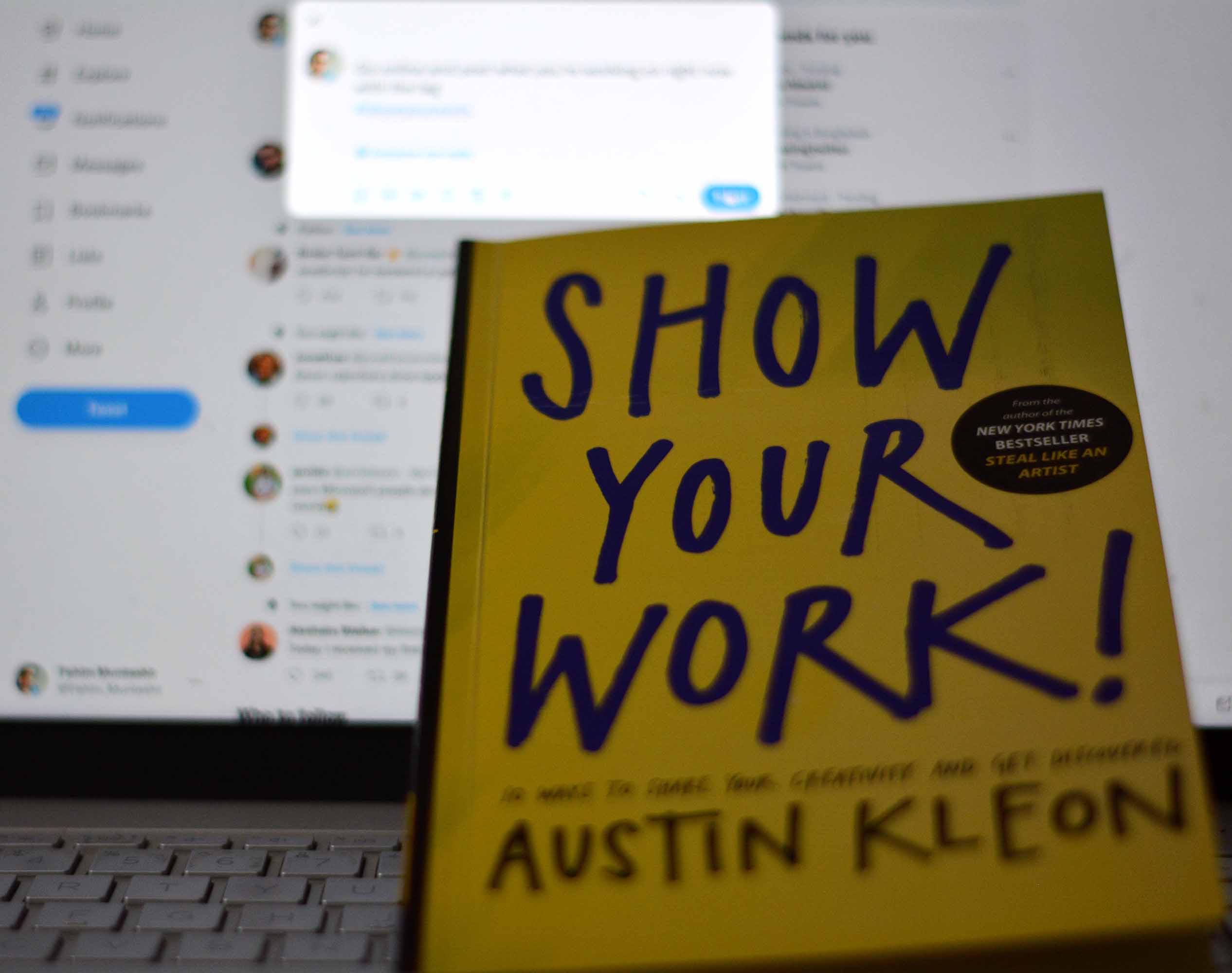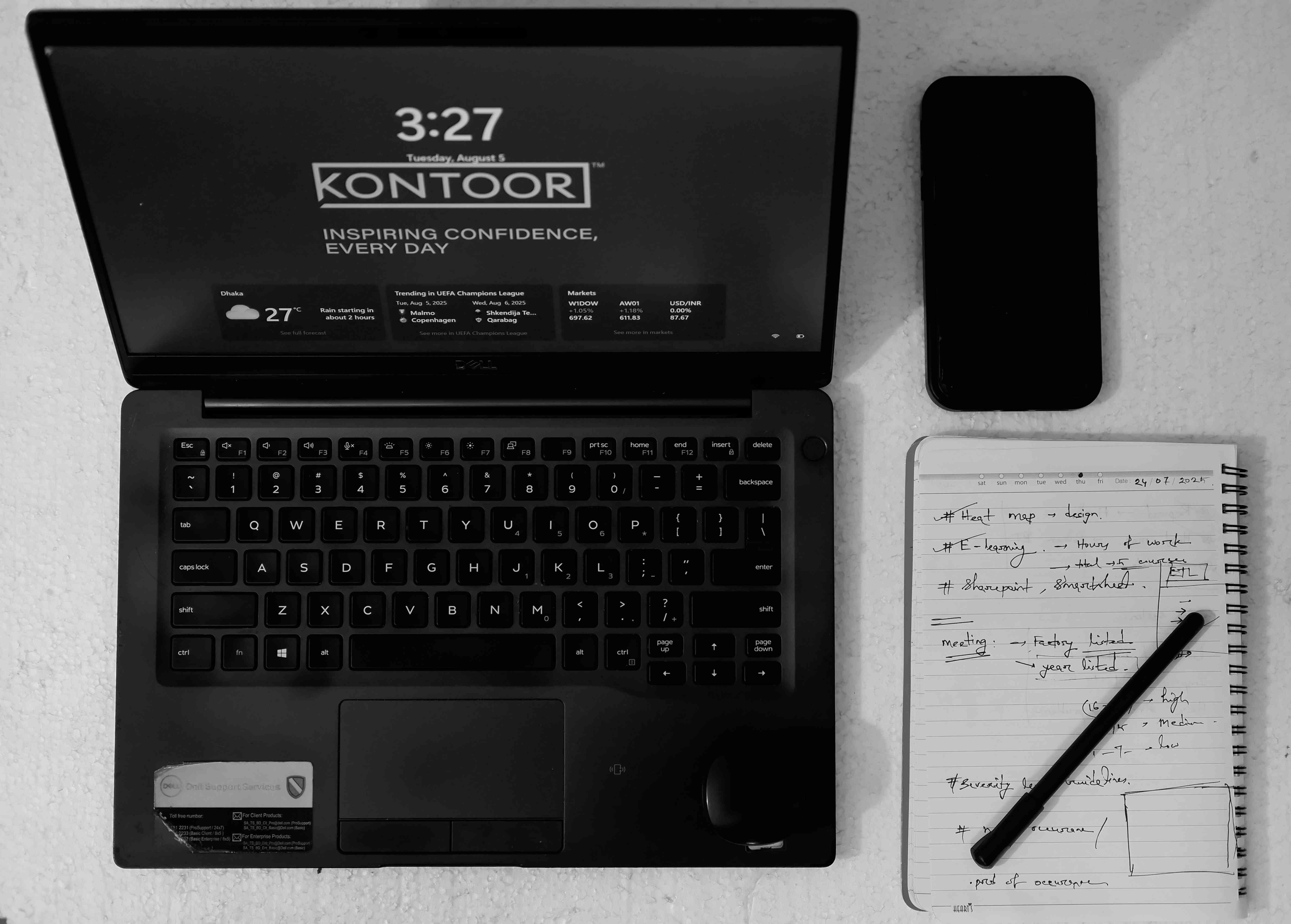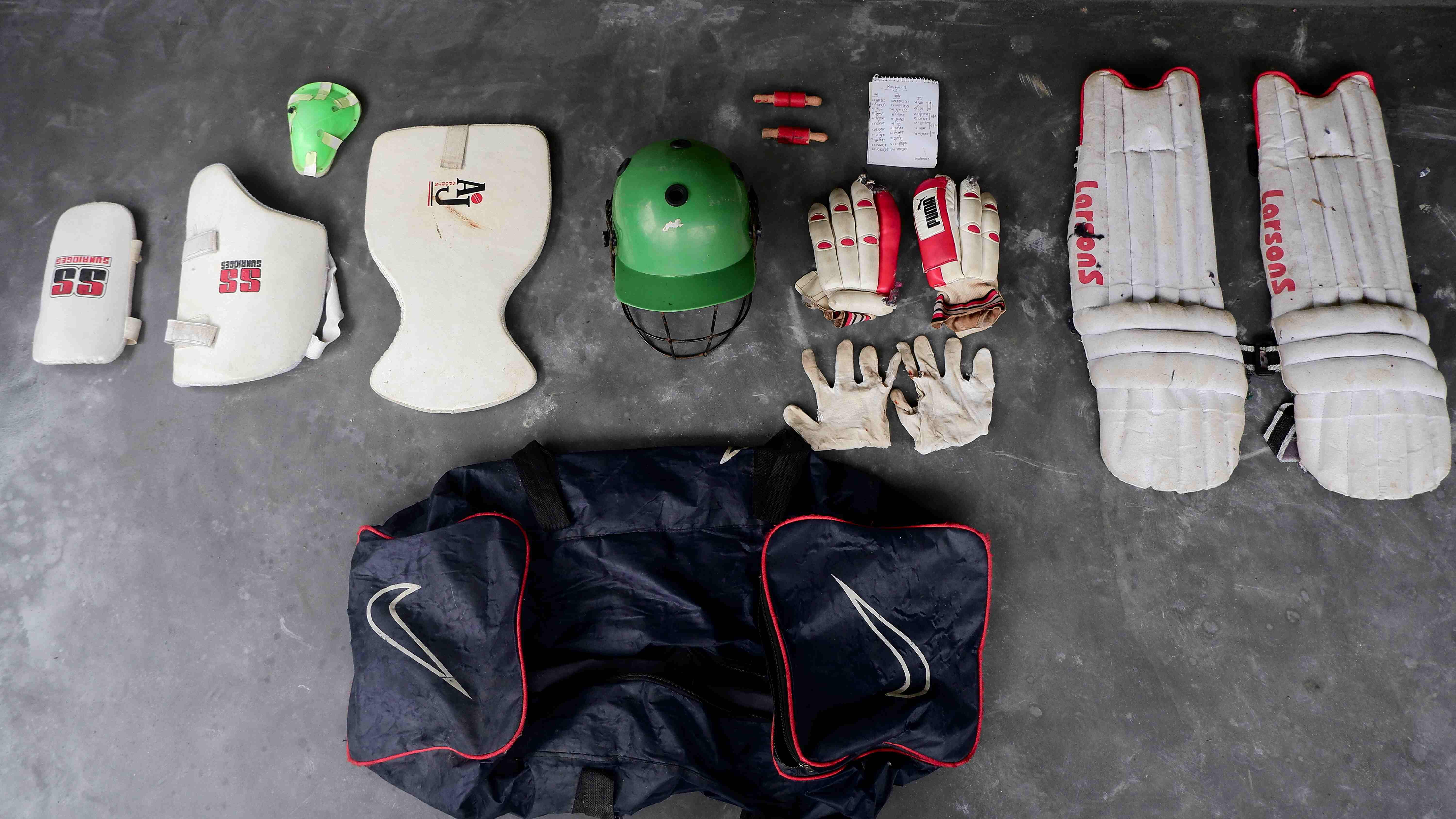SHOW YOUR WORK! 10 WAYS TO SHARE YOUR CREATIVITY AND GET DISCOVERED by AUSTIN KLEON
Impressions:
The book 'Show Your Work! by Austin Kleon' was a recommendation that I got from YouTube. The good thing is that book was surprisingly about writing and authors too. The book uses examples, points and drawings which make it very realistic and fun to read!
Favorite Lines and Quotes:
Chapter 1: You Don’t Have to Be a Genius
- There’s a healthier way of thinking about creativity that the musician Brian
Eno refers to as “scenius.” Under this model, great ideas are often birthed
by a group of creative individuals—artists, curators, thinkers, theorists, and
other tastemakers—who make up an “ecology of talent.” - Be an Amateur. Amateurs are not afraid to make mistakes or look ridiculous in public.
They’re in love, so they don’t hesitate to do work that others think of as
silly or just plain stupid. “The stupidest possible creative act is still acreative act,” writes Clay Shirky in his book Cognitive Surplus. - Amateurs know that contributing something
is better than contributing nothing. - Talk about the things you love. Your
voice will follow. - In this day and age, if your work isn’t online,
it doesn’t exist
Chapter 2: Think Process, not product
- human beings are interested in other human beings and what other human beings do.
- Audiences not only want to stumble across great work, but they, too, long to be creative and
part of the creative process. By letting go of our egos and sharing our process, we allow for the possibility of people having an ongoingconnection with us and our work, which helps us move more of our product. - How can you show your work even when you have nothing to show? The first step is to scoop up the scraps and the residue of your process and shape
them into some interesting bit of media that you can share. You have to turn the invisible into something other people can see. “You have to make stuff,”
said journalist David Carr when he was asked if he had any advice for students. “No one is going to give a damn about your résumé; they want to
see what you have made with your own little fingers.”
Chapter 3: Share Something Small Everyday
- The day is the only unit of time that I can really get my head around.
Seasons change, weeks are completely human-made, but the day has a
rhythm. The sun goes up; the sun goes down. I can handle that. - A daily dispatch is even better than a résumé or a portfolio, because it
shows what we’re working on right now. - “Stock and flow” is an economic concept that writer Robin Sloan has
adapted into a metaphor for media: “Flow is the feed. It’s the posts and the
tweets. It’s the stream of daily and sub-daily updates that remind people you
exist. Stock is the durable stuff. It’s the content you produce that’s as
interesting in two months (or two years) as it is today. It’s what people
discover via search. It’s what spreads slowly but surely, building fans over
time.” Sloan says the magic formula is to maintain your flow while working
on your stock in the background. - A blog is the ideal machine for turning flow into stock.
Chapter 4: Open Up Your Cabinet of Curiosities
- what makes for great attribution? Attribution is all about providing
context for what you’re sharing: what the work is, who made it, how they
made it, when and where it was made, why you’re sharing it, why people
should care about it, and where people can see some more work like it.
Attribution is about putting little museum labels next to the stuff you share. - All of this raises a question: What if you want to share something and you
don’t know where it came from or who made it? The answer: Don’t share
things you can’t properly credit. Find the right credit, or don’t share.
Chapter 5: Tell good stories
- “‘The cat sat on a mat’ is not a story. ‘The cat sat on the dog’s mat’ is astory.”
—John le Carré - A good pitch is set up in three acts: The first act is the past, the
second act is the present, and the third act is the future.
Chapter 6: Teach What You Know
- Teaching doesn’t mean instant competition. Just because you know the
master’s technique doesn’t mean you’re going to be able to emulate it right
away.
Chapter 7: Don’t Turn Into Human Spam
- if you want to be a writer, you have to
be a reader first. - Meeting people online is awesome, but turning them into IRL friends is
even better.
Chapter 8: Learn to take a punch
Here’s how to take punches:
1. Relax and breathe.
2. Strengthen your neck.
3. Roll with the punches.
4. Protect your vulnerable areas.
5. Keep your balance.
Chapter 9: Sell Out
- Keep a mailing list - Even if you don’t have anything to sell right now, keep a mailing list.
- Pay it forward - When you have success, help people who reach out to you. Help people who helped you get where you are.
Chapter 10: Stick Around
- Don’t quit - Keep doing your work, and keep sharing.
Epilogue:
I really enjoyed reading Show Your Work!: 10 Ways to Share Your Creativity and Get Discovered by Austin Kleon because I learned several things that I can use right away.
For more book review : https://fahimmuntashir.com/book-notes
Leave a comment
Your email address will not be published. Required fields are marked *


